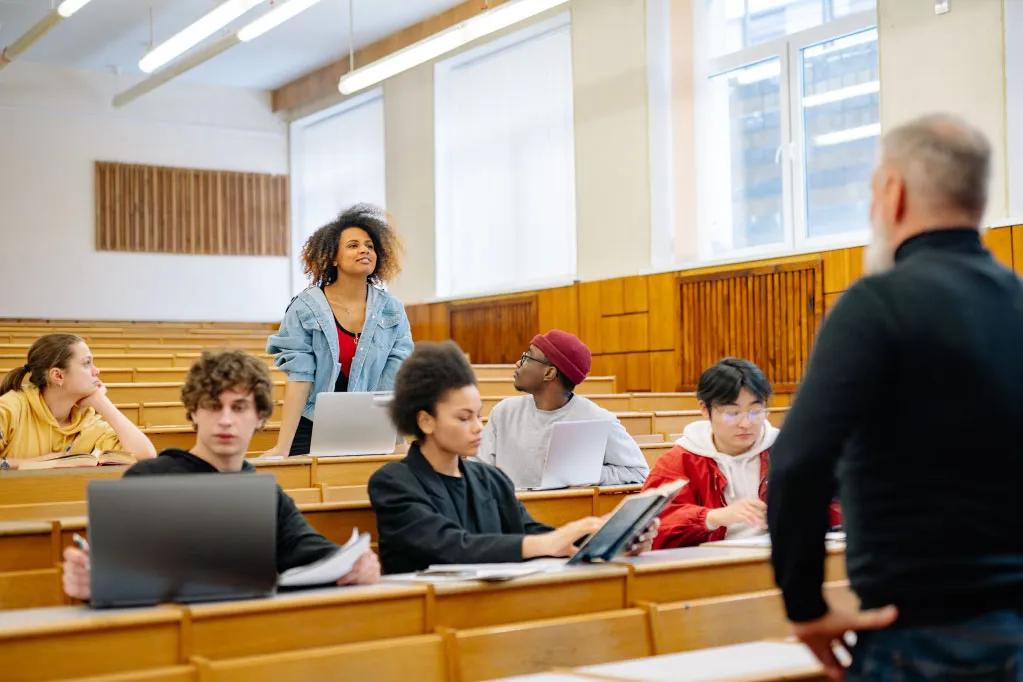Flipping Out: Using Flipped Learning in the Music Classroom
One reason that the author’s online classes went well this past year was that the classes were flipped. A lot of materials for the students were already online. This meant instead of scrambling to create lessons that would work online, the author was able to focus more on engaging the students.
While it was hoped for a return to normalcy soon, there was no guarantee that there would be no further disruptions in the coming year. Nevertheless, the flipped learning will work regardless of whether one is online or in the classroom. Or both.
What is Flipped Learning?
First proposed by professors at Miami University, flipped learning has been around for nearly twenty years. The idea was that lectures could be delivered using videos and then the students could do activities using the material (i.e., homework) in class and the teacher could help when needed. Over the years, this has evolved, and it can now be used to support most forms of teaching.
Why use Flipped Learning?
The biggest advantage of flipped learning is that it is reusable. Once a flipped lesson is put together, all the students can use it. Of course, one can update it as needed or change the classroom activities. Over time, one will build up a library of lessons that can be used from year to year and with any of the classes.
Another advantage of flipped learning is it provides accountability that can easily be used for assessments. Nobody likes grading and there has been constant pressure from administrators to be more objective. With flipped learning, one will know when students watch videos and can incorporate ways to check for understanding.
Besides, this is great for students, too. With flipped learning, they can learn at their own pace. One of the reasons this author flipped the classes was because there was a lot of English as a Second Language, ELS students. The videos allowed them to watch tutorials at their own speed and as often as needed.
One can use flipped learning to support the current curriculum or to enhance and enrich it. For example, in a band or choir, flipped learning could be used to provide background on the pieces that are being worked on, or one could use it to provide music fundamentals and theory lessons. In primary classes, flipped videos could be used to teach a song or a movement.
Getting started
There are six steps involved on how to go about flipping a lesson.
- Identify the Goals and Outcomes
- Choose the Assessment Methods
- Complete a Task Analysis
- Choose the Tools
- Choose and Create Scaffolding Materials
- Design Classroom Activities
That may sound like a lot of work, but one will save time in the long run. It is suggested that one starts small, with a lesson that can be completed in one or two classes. And when it’s done, it’s done, ready to be used by all students.
Some important tips
- Do not flip all at once. Flipping a class takes time, effort, and practice. If one waits until all of your lessons are flipped, one will never get off the ground. Do it one lesson or one unit at a time.
- Do not flip everything - Contrary to what some may say, there are lessons that are not conducive to flipped learning. No one strategy fits every situation.
- Use a variety of media. To many people, flipped learning means videos. But it is not always the best or the only option. Make sure to consider whether text, audio or animations and graphics might be the better options. Providing diverse types of media and formative assessments will help keep learners interested too.
- To be done is better than to be perfect. The first few videos will not always be great.
- There is no need to be a perfectionist as long as students’ get the point. Edit out obvious flaws and take note of things to change in the next video.
- Train the students - This is probably the most important lesson. Teach them how to watch a video in class and then do an activity. It’s worth taking a week or two to make sure they all have the hang of it.
What are you waiting for?
The best thing about flipped learning is that it works in the classroom and online. Once one starts flipping the classes, one will wonder why it had not been tried sooner.
Professor George J Hess, Jr D.A
School of Arts
@email




